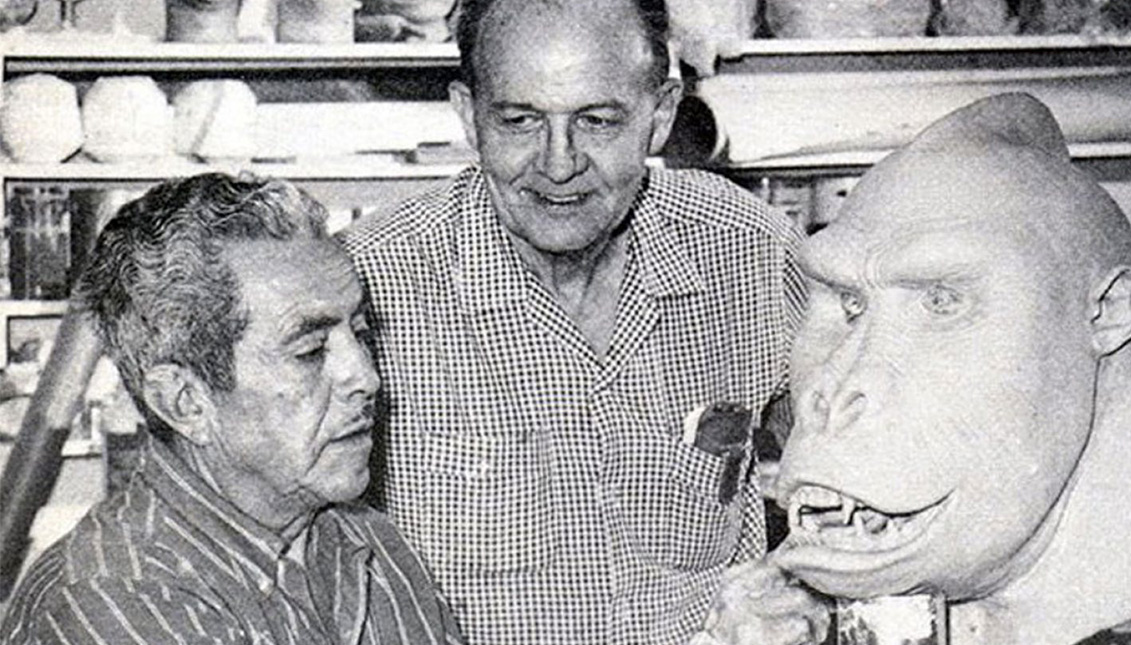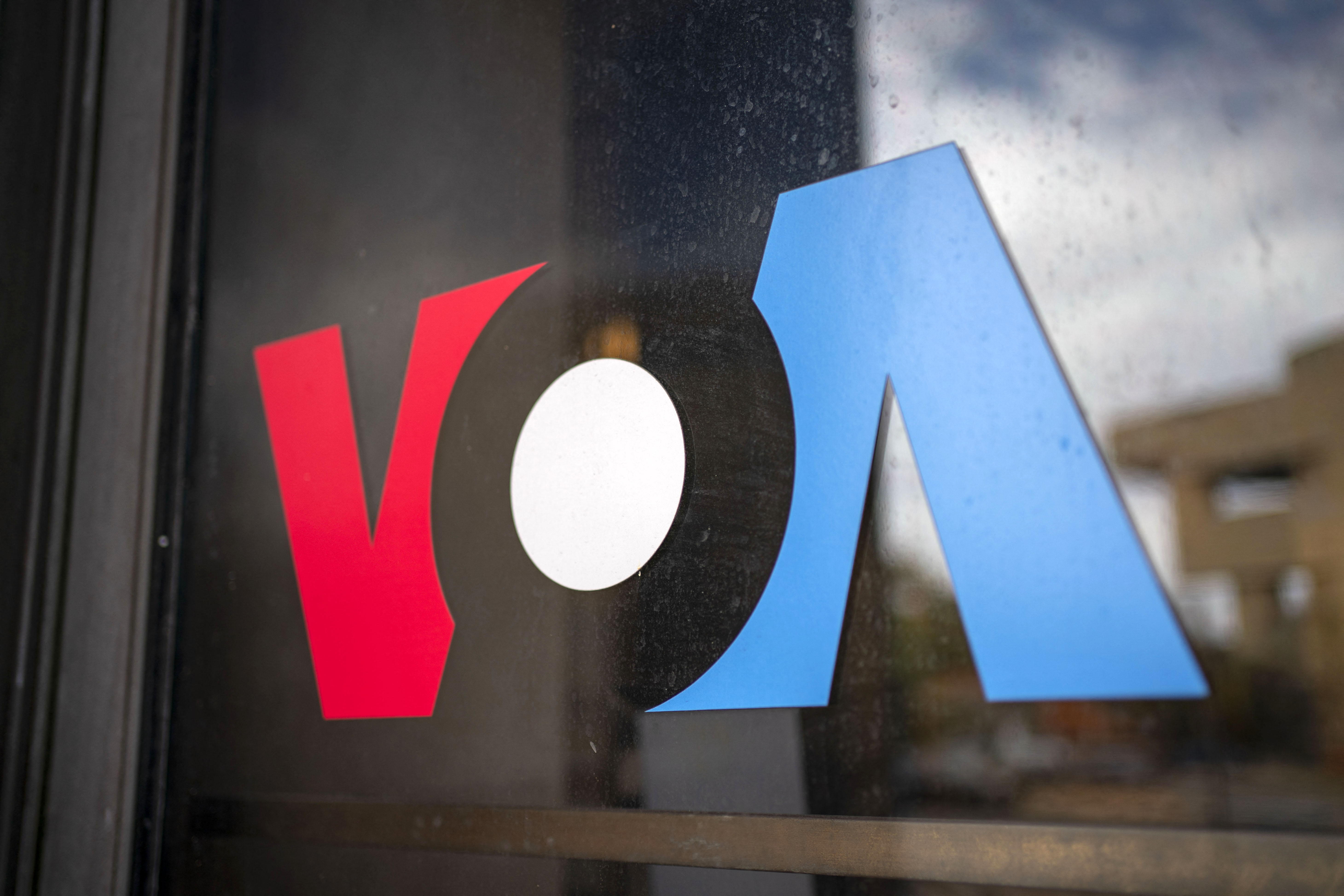
The Mexican sculptor who brought King Kong to life
A creative partner of Willis O'Brian, one of the fathers of special effects in Hollywood, Marcel Delgado never imagined that he would create one of the most…
Born in La Parrita, Coahuila, Mexico, Marcel Delgado's hands moved by themselves from an early age. When he was six years old, he knew he wanted to be a sculptor, but how?
His family barely had enough to live on and the boy missed school for long periods of time to help out at home. Even in 1910, when the Delgados emigrated to California to escape the Mexican Revolution, Marcel aspired to do no more than follow his parents' destiny. And it didn't help that English resisted him as a language until he was 17.
However, Marcel had not been able to shake off his fever to be an artist and began to combine a part-time job in a shop with classes at the Otis Arts Institute where he eventually got a job to pay for his classes.
Fate or chance, Willis O'Brien, one of the fathers of special effects in "silent" Hollywood who was an expert in miniatures and stop-motion animation, saw Delgado's work and was so impressed that he insisted he come to work with him at the studios.
"I don't want to make films, I want to be an artist," the Mexican replied, convinced that his path was one and very clear.
Stubborn to a fault, O'Brien managed to convince Marcel Delgado to take a day off work and accompany him to visit the RKO film studio, where the stuntman was about to take part in the filming of The Lost World.
When Marcel visited O'Brien's studio, his eyes widened - that was a real artist's studio, he thought - and he accepted the offer.
From that moment on, the tandem of O'Brien and Marcel Delgado became one of the most respected special effects teams in Hollywood, inspiring great technicians and producers such as Ray Harryhausen.
Although Delgado's work began modelling dinosaurs for The Lost World, it was King Kong (1933) that was to put him on the map.
RELATED CONTENT
A production for which the modeller and sculptor had lots of 18-inch miniatures that were enlarged and enlarged to create the mythical 18-foot monster that scaled the Empire State Building.
Delgado's team had to use aluminium foam, rubber, latex and rabbit fur to build the models. He also had to design a model of King Kong's head whose gestures could be controlled with hinges, levers and an air compressor.
In fact, one of the great contributions of the Mexican master in the field of stop motion was to provide the models, which were normally made of clay, with a framework based on Dural, an aluminium alloy that acted as a skeleton and facilitated their manipulation between shots.
He also incorporated this so-called compressor or inflatable bladder inside the models that created the sensation that the figures were alive and breathing.
After King Kong, the artist who never wanted to make films but ended up making film art, worked on such legendary films as The Wizard of Oz (1939), The War of the Worlds (1953) and Mary Poppins (1964), before finally retiring.
Marcel Delgado (75) died in 1976, but his work is as eternal as the history of cinema.











LEAVE A COMMENT: